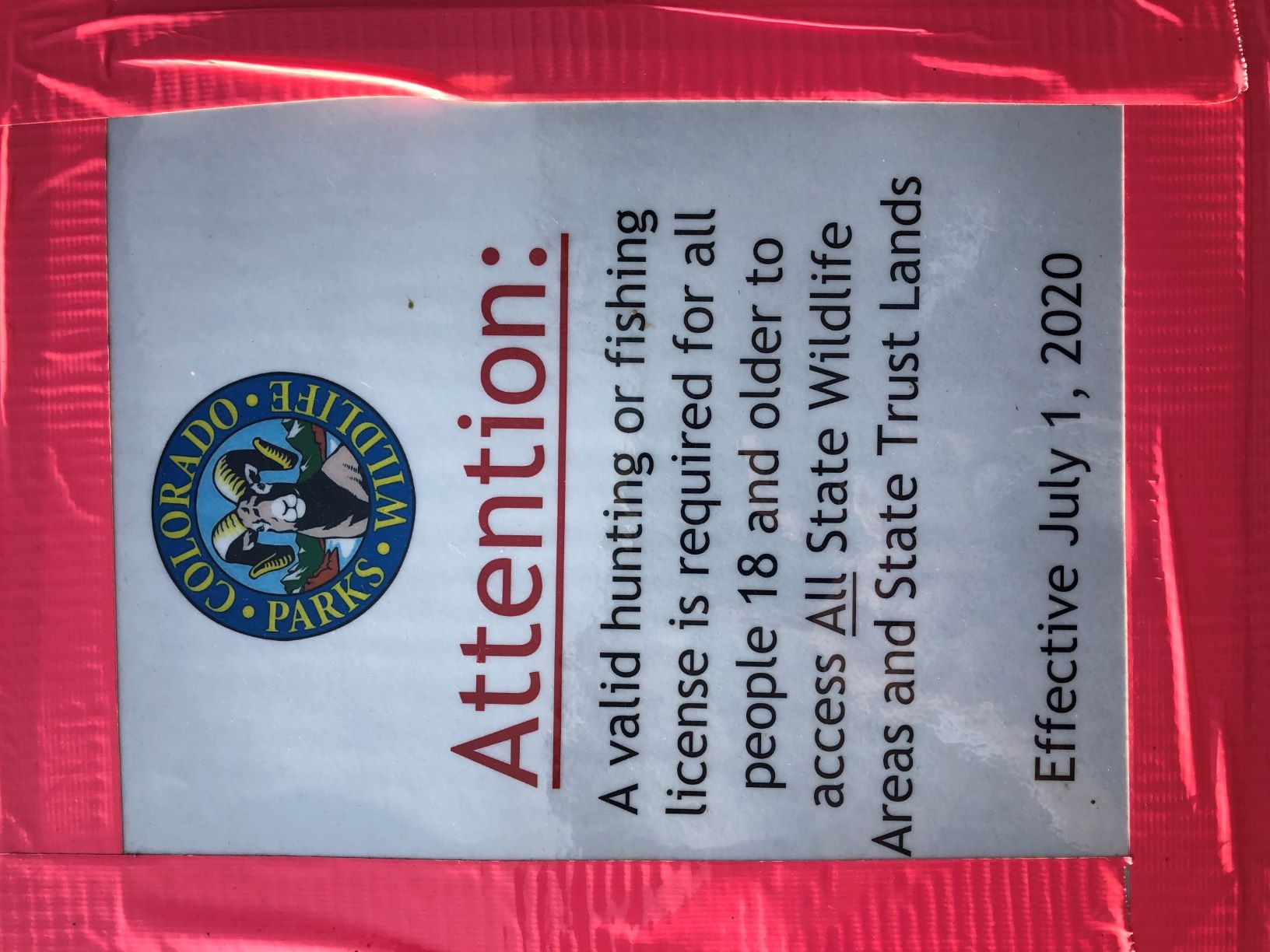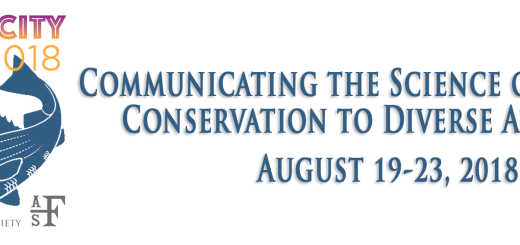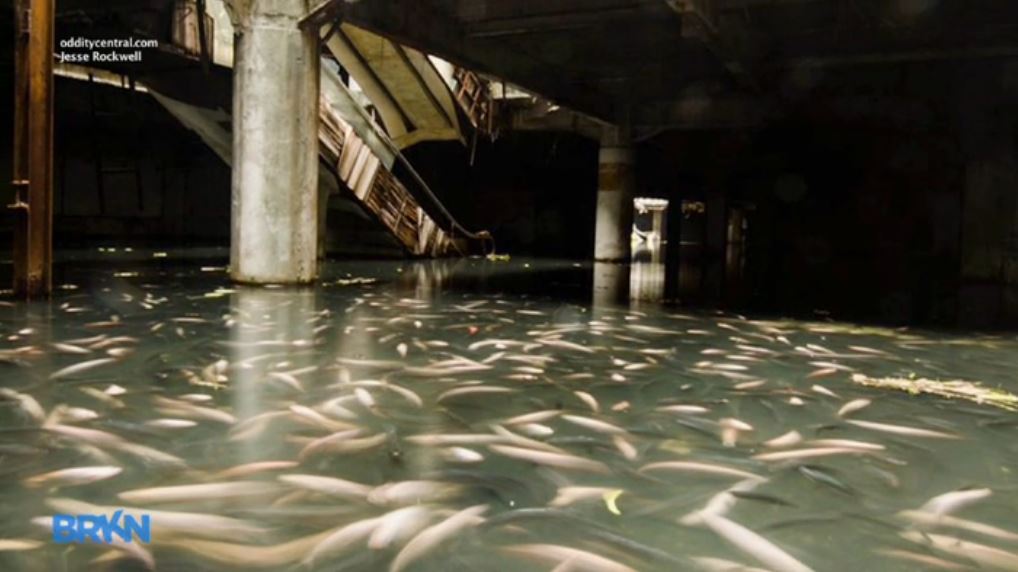Colorado Adds License Requirements for SWA, State Trust Land Access
In July 2020, the state of Colorado added a requirement for access to its State Wildlife Areas (SWA) and State Trust Lands (STL): all users must possess either a valid hunting license or fishing license.

Although these lands are open for public access in Colorado, SWA’s and STL’s are not intended to fill the needs of recreationists like mountain bikers or hikers; rather, they exist to perpetuate fish and wildlife habitat, and ensure opportunities for the public to harvest or pursue these resources within a management model. Despite this, these areas regularly see a plethora of other users that are historically unaccustomed to having to pay for access.
Over the last few months, it has been interesting to observe the public reaction to this new rule. Many outdoor recreationists in Colorado are accustomed to plentiful outdoor access with little thought given to the origin or intended use of their public lands. The state of Colorado does tolerate other user activity in some of its SWA and STL areas; however, non-hunting and non-fishing activities usually create additional pressures on the fish and wildlife habitat that these areas are intended to preserve. The new rule has instigated consternation amongst many members of the public that are more accustomed to the free-entry, multiple-use lands of the National Forest System or Bureau of Land Management.
In an increasingly urbanized country, state wildlife agencies are being forced to become more creative with securing funds for the retention of fish and wildlife populations, and the habitat in which they live. Although fishing participation remains high and has even increased within the past decade, hunting participation continues to decline nationwide (for a 2017 press release from the Dep. of the Interior, see https://www.doi.gov/pressreleases/new-5-year-report-shows-1016-million-americans-participated-hunting-fishing-wildlife). Funds from the sale of licenses and related equipment are often the staple with which these agencies preserve and restore habitat.
Furthermore, in some areas, agencies face stiff competition from the private sector for important habitat areas. For example, Colorado Parks & Wildlife lost the lease rights to a popular reservoir that resulted in a loss of fishing opportunity for the public. The fish in the reservoir were salvaged and relocated to other nearby bodies of water (for more information on this story, see https://www.coloradoan.com/story/news/2018/03/30/colorado-parks-wildlife-fears-loss-public-access-leased-land/443540002/).
It is clear that much of the greater Colorado public has reacted negatively to the new requirement this year on SWA land. However, perhaps it will serve to increase awareness of how fish and wildlife habitat is preserved. And if more fishing licenses are purchased, perhaps it will lead to more of that habitat remaining preserved.
References
Marmaduke J. Investigation: Cash-strapped state agency fears losing public access to leased land. The Coloradoan. [accessed 2020 Sep 22]. https://www.coloradoan.com/story/news/2018/03/30/colorado-parks-wildlife-fears-loss-public-access-leased-land/443540002/.
New 5-Year Report Shows 101.6 Million Americans Participated in Hunting, Fishing & Wildlife Activities. 2017 Sep 6. [accessed 2020 Sep 22]. https://www.doi.gov/pressreleases/new-5-year-report-shows-1016-million-americans-participated-hunting-fishing-wildlife.



